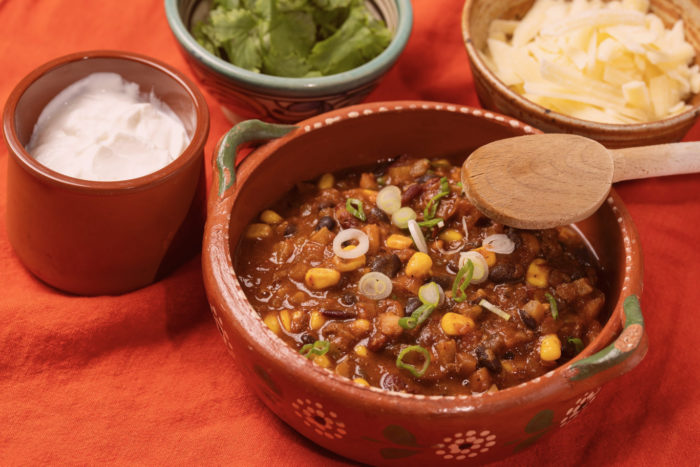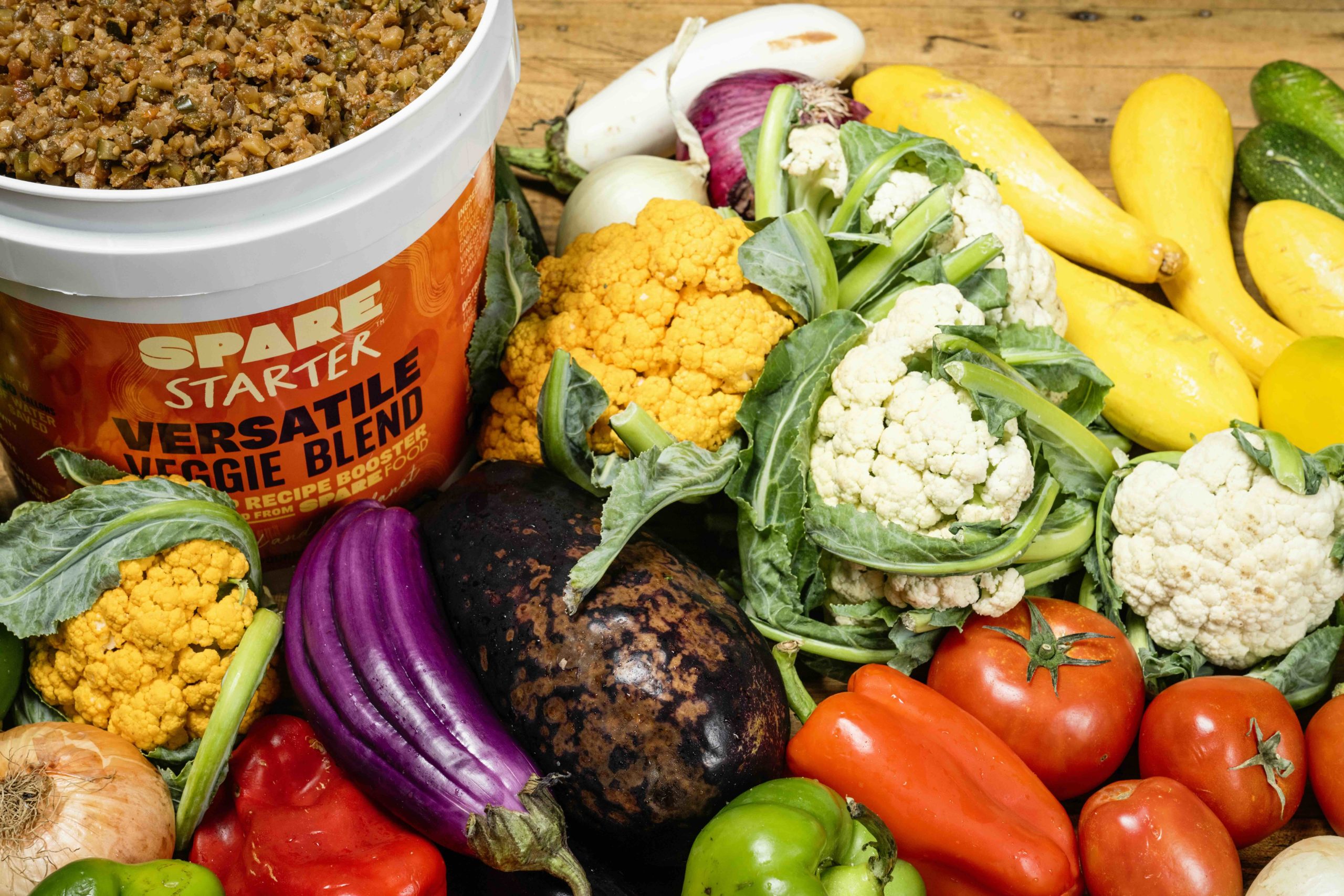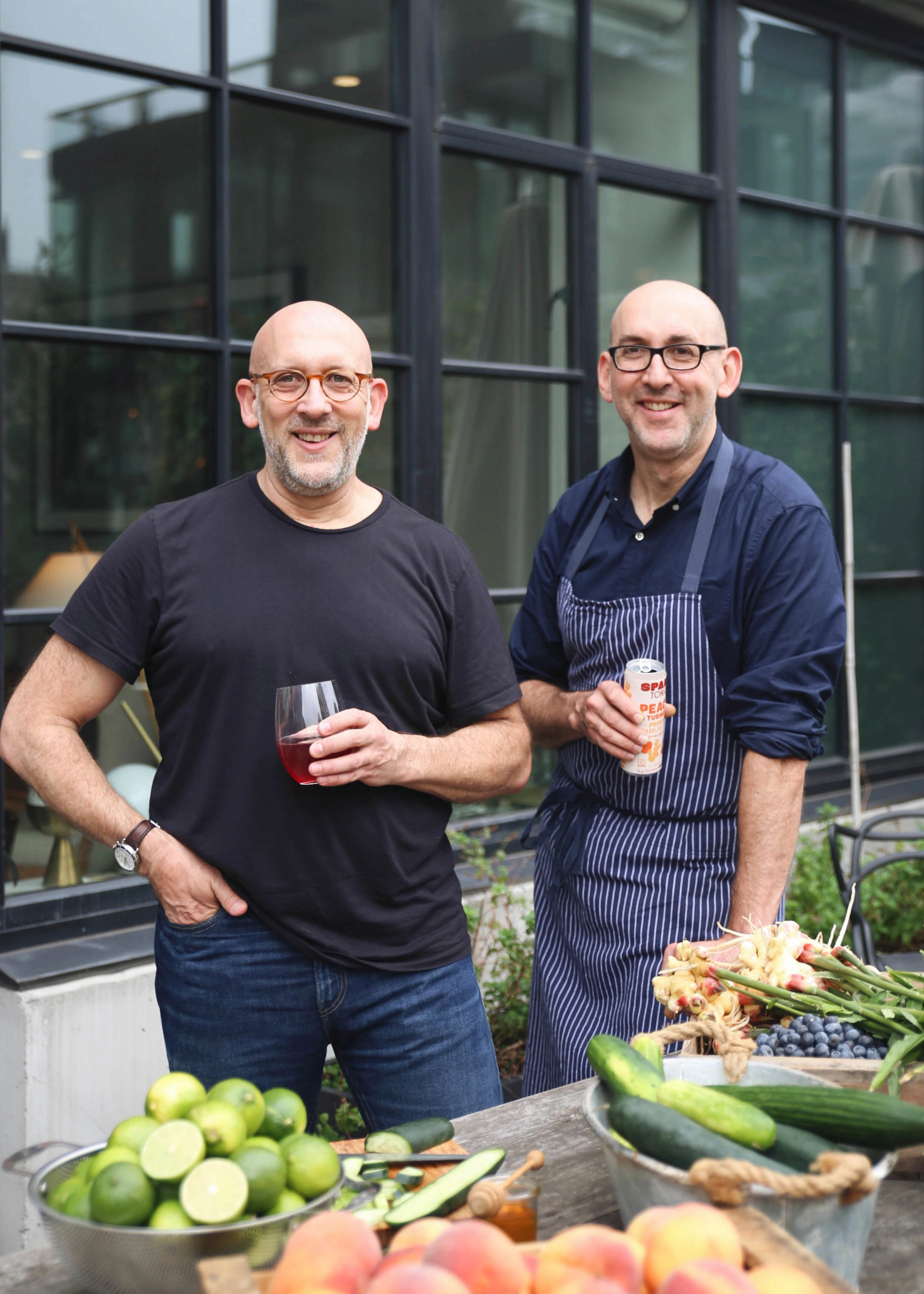
Adam and Jeremy Kaye, founders of The Spare Food Co., were raised in South Africa by a family of culinary entrepreneurs. It’s no surprise that their journeys led them to this moment running an upcycled food and beverage company—a task that requires a lot of vision and dedication to utilizing edible surplus. Adam, who we spoke with, spent more than two decades as Chef and Culinary Director at Blue Hill at Stone Barns where his appreciation for ingredients grew along with his understanding of how food production is intrinsically linked to environmental health. “We waste 40% of the food that is produced and grown in the United States,” he says. “Think about it: that’s the equivalent of buying five bags of groceries at your local supermarket and tossing two of the bags in the dumpster before you get home.”
The Kaye brothers’ current line of products includes Spare Tonic, a nutrient-rich, fizzy beverage made with upcycled whey (a byproduct of yogurt manufacturing); and Spare Starter, a versatile veggie blend made with unused farm produce including leaves, stalks, and other parts that are usually discarded. Spare Starter is meant for large-scale food service kitchens and can be used to create sauces, braises, soups, taco fillings, pizza toppings, veggie meatballs and more. The team has also been experimenting with a Spare Burger, which replaces 30% of beef with Spare Starter to create a new plant-forward version.
What’s behind the name? Why was it important for you to use the word ‘spare’ instead of ‘waste’?
I wish I could take credit for the company name, but my Co-founder [and brother] Jeremy came up with it. It really gets to the heart of what we do—“spare” as in “extra and available for use,” and “spare” as in “to leave unharmed.” It also speaks to the importance of language and the words we choose to use when talking about surplus in our food system. We are The Spare Food Co., not The Waste Food Co. In fact, where possible, we try to avoid the term “food waste” and prefer “wasted food” when talking about edible surplus—just changing the order of those two words makes a world of difference. One is about waste; the other is about food. When we look at what is edible in our food system as waste, we’re immediately starting off on the wrong foot by devaluing what is inherently valuable.
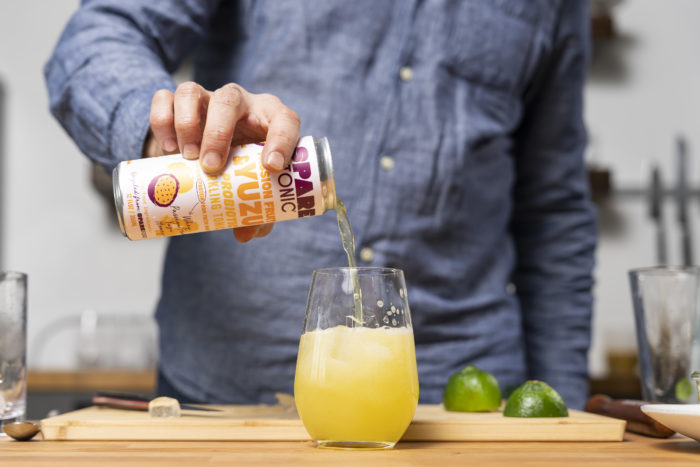
Why did you start with whey?
I worked with whey as an ingredient in the kitchen for many years. It’s delicious, nutritionally dense, and has a myriad of culinary applications. In the early days of product development at The Spare Food Co., I kept coming back to whey. The more I learned about whey as a co-product of strained yogurt production, the more I realized that it really is a poster child ingredient for everything that The Spare Food Co. represents—overlooked ingredients and latent value in the food system.
Whey has a particular resonance for a New York-based food company. 70% of strained yogurt in the U.S. is produced in New York State. It takes approximately 3-4 cups of milk to produce 1 cup of strained yogurt, meaning that your favorite cup of Greek-style yogurt represents a 25-30% yield on the volume of milk that you start with. Given those yields, it’s no wonder that there is a billion pounds of whey produced and discarded in New York State alone each year at great expense to yogurt manufacturers. Add to that the incredible nutritional profile of fresh whey and you have a pretty compelling ingredient. Why would you waste that?
There are four Spare Tonic flavors. Do you have a favorite?
That’s a tough one. For a long time, it was the Blueberry & Ginger, which was the first flavor of Spare Tonic that we developed. Recently, it has been eclipsed by Passion Fruit & Yuzu which is our newest flavor. I have a soft spot for passion fruit. Growing up in South Africa, we ate a lot of it—in ice creams, sorbets, juices, desserts and more. It’s one of my favorite flavors, and so unique, meshing beautifully with yuzu. Combined with whey, it makes for a super refreshing, bright and tropical drink perfect on its own or as a mixer in cocktails or mocktails.
Where do the ingredients used in your products come from?
Whey, the primary ingredient in our beverage Spare Tonic, is sourced from strained yogurt manufacturers here in New York. It is flavored with juices and lightly sweetened with honey from Finger Lakes’ apiaries in upstate New York.
Spare Starter, our upcycled, certified vegan meal starter created for foodservice chefs, is made with edible surplus vegetables from farms along the eastern seaboard. Working with processors and distributors, we identify where there is the maximum amount of surplus across the six vegetables we use [eggplant, cauliflower, tomatoes, zucchini, peppers, and onion], and purchase as much of that surplus as possible.
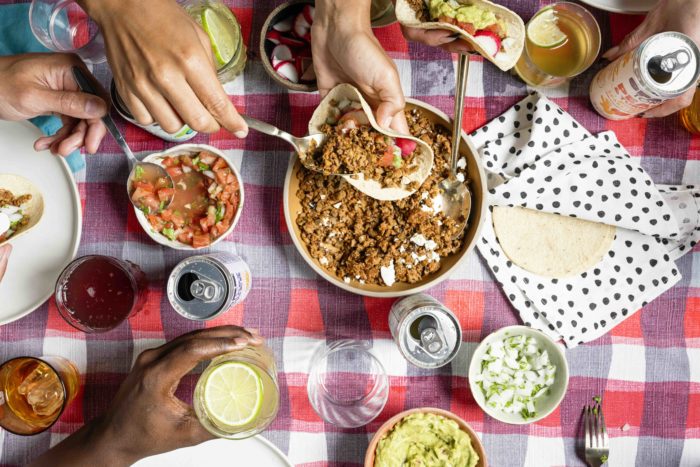
How will Spare Starter help create a better food system, both environmentally and economically?
In the race for greater crop yields, artificial soil fertility and lab-grown foods, we forget that we have more than enough food to feed a growing population. By purchasing surplus produce from farms, we are using more of what we already grow and produce, and in turn, preventing tons of nutritious and delicious food from going to waste. Spare Starter has impacts throughout the value chain from the farm to the processor to the kitchen and the dining room. At the farm level, we’re purchasing crops—and parts of crops—that otherwise wouldn’t be eaten by people for a host of different reasons. This in turn leads to increased revenue streams for the growers. At the processor level, we are working with our co-manufacturing partners to expand their processing specs and think differently about what and how much gets trimmed from the vegetables. As such, we are achieving processing yields of up to 98% on certain vegetables. And in the kitchen, chefs cooking with Spare Starter are measurably reducing the amount of trim and scrap in their kitchens. One 2-gallon pail of Spare Starter prevents approximately 13 lbs. of trim! What we also find is that Spare Starter becomes a catalyst for awareness building about the issue of waste, for cooks and diners alike.
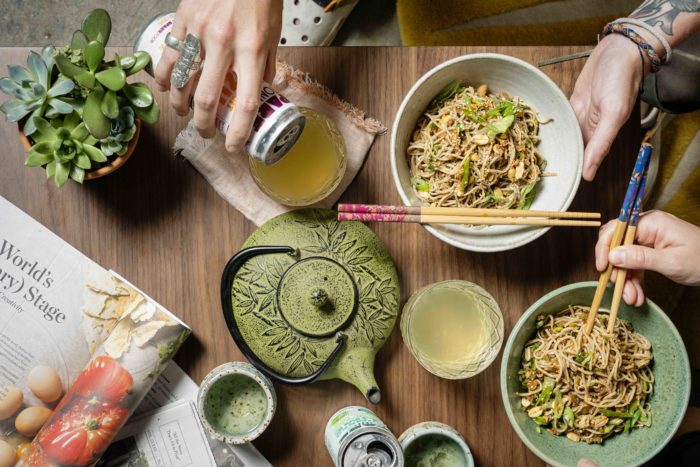
What were some of the most important lessons learned during your time at Blue Hill that have influenced your journey with The Spare Food Co.?
I spent over two decades working at Blue Hill and every day I learned something new and significant. A lot of it centered around respect for—and thoughtful use of—ingredients. It really boiled down to taking the ancient ethos of nose to tail eating and applying it to all ingredients; actually, applying that philosophy to the food system at large. It is a far more holistic approach. And the need for this approach was reinforced every day as I began to understand what it takes to grow and raise our food.
Equally important is an understanding of the connections between human and environmental health, and the food that we eat and how it’s produced. People don’t realize that the greatest existential problem that we face as a species, climate change, is inextricably linked to our food system.
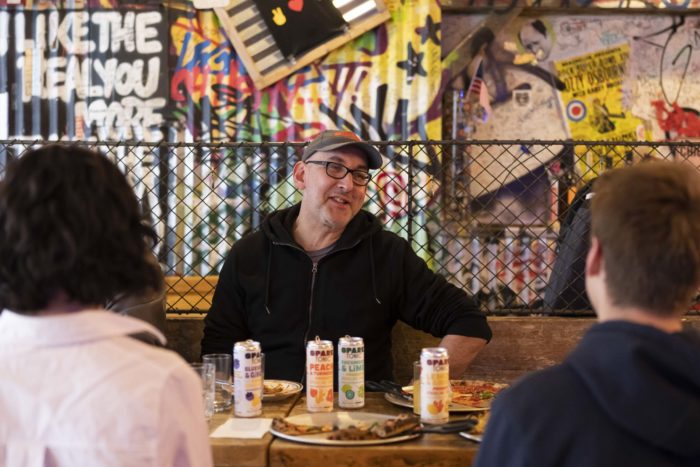
Name something you wish more people knew about our food system.
People do not realize the scale of waste in our food system, at all points along the continuum from production to consumption. We waste 40% of the food that is produced and grown in the United States. Think about it: that’s the equivalent of buying five bags of groceries at your local supermarket and tossing two of the bags in the dumpster before you get home. As a good friend of mine working in the upcycled food space likes to say, “Food waste is the world’s dumbest problem!” I couldn’t agree more. And when we waste food, we also waste all the inputs that go into the production, transportation, storage, and preparation of that food. The ripple effect is enormous. This is why wasted food is one of the leading causes of climate change. In fact, if food waste were a country, it would be the third largest emitter of greenhouse gasses, after China and the U.S.
On a positive note, it has been scientifically proven that reducing waste in our food system is the number one way that we cannot just halt, but actually reverse, the impacts of climate change. For those of us who are fortunate enough to make choices about the food that we eat daily, that is pretty empowering and gives us all a lot of agency in a world that otherwise, is seemingly spiraling out of control. The Spare Food Co. can truly make an impact at scale by preventing waste before it happens! And who knows, perhaps even changing our wasteful food system in the process.
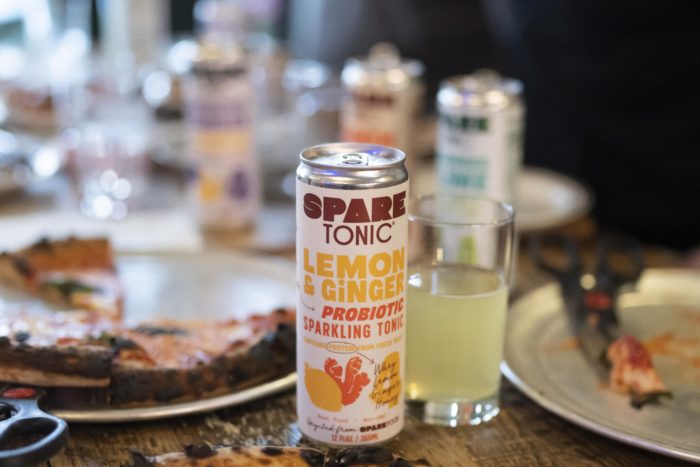
What are a few simple ways people can reduce their food waste at home?
I always tell people that simply cooking and being creative and adventurous in the kitchen is a great way to minimize waste at home. Most food that is wasted actually occurs in people’s homes. I have a few go-to recipes that solve a lot of issues when it comes to using up leftovers and scraps. Between frittatas, fried rice, pestos and smoothies, you can cook your way to a waste-free kitchen! My family also has a “clean out the fridge/freezer” dinner once a week. It might mean a few different dishes on the table at the same time, but it’s totally worth it and a fun “choose your own adventure” meal. [Spare recipes are available here, and Adam shares many upcycling hacks on The Spare Food Co. Instagram here.]
